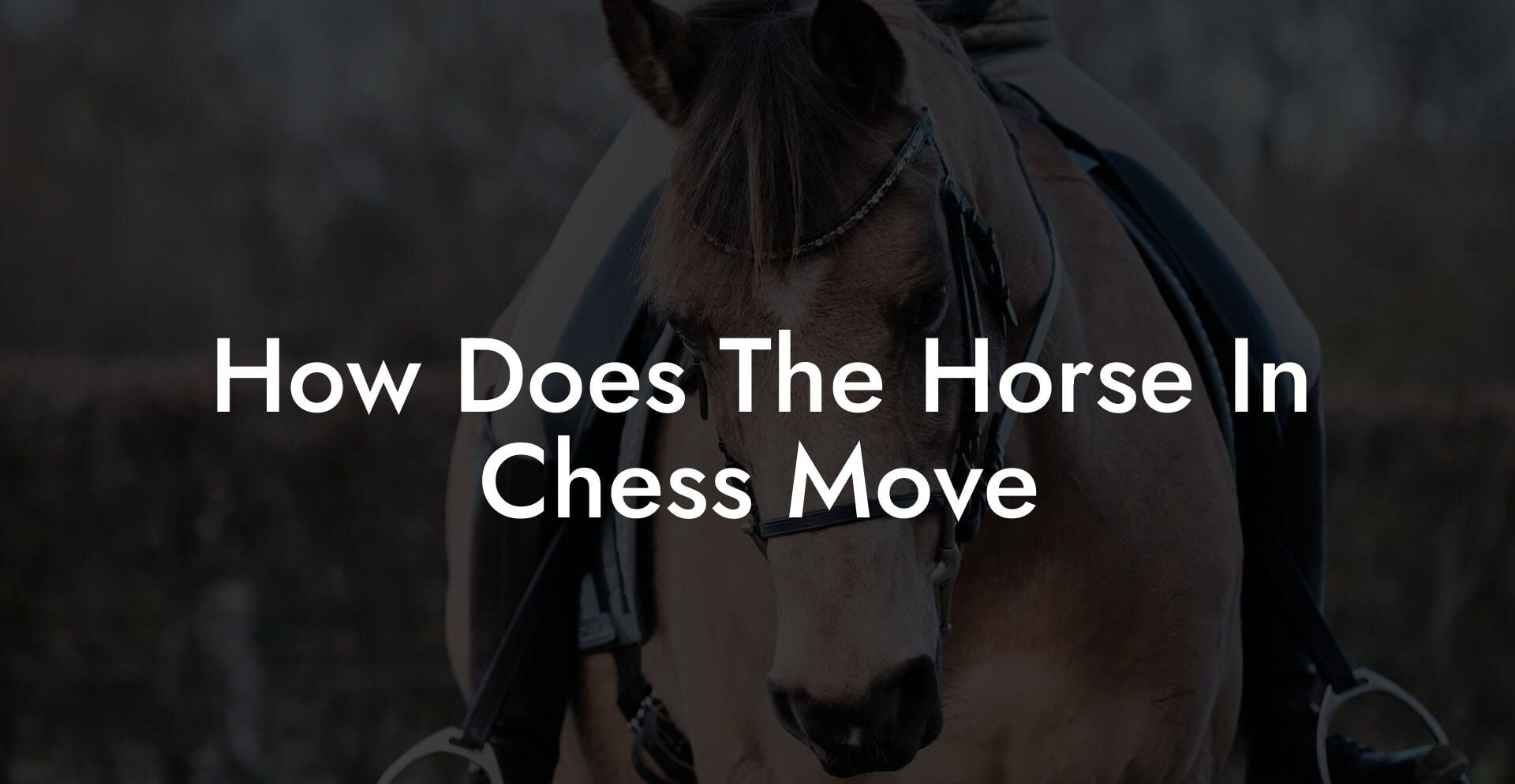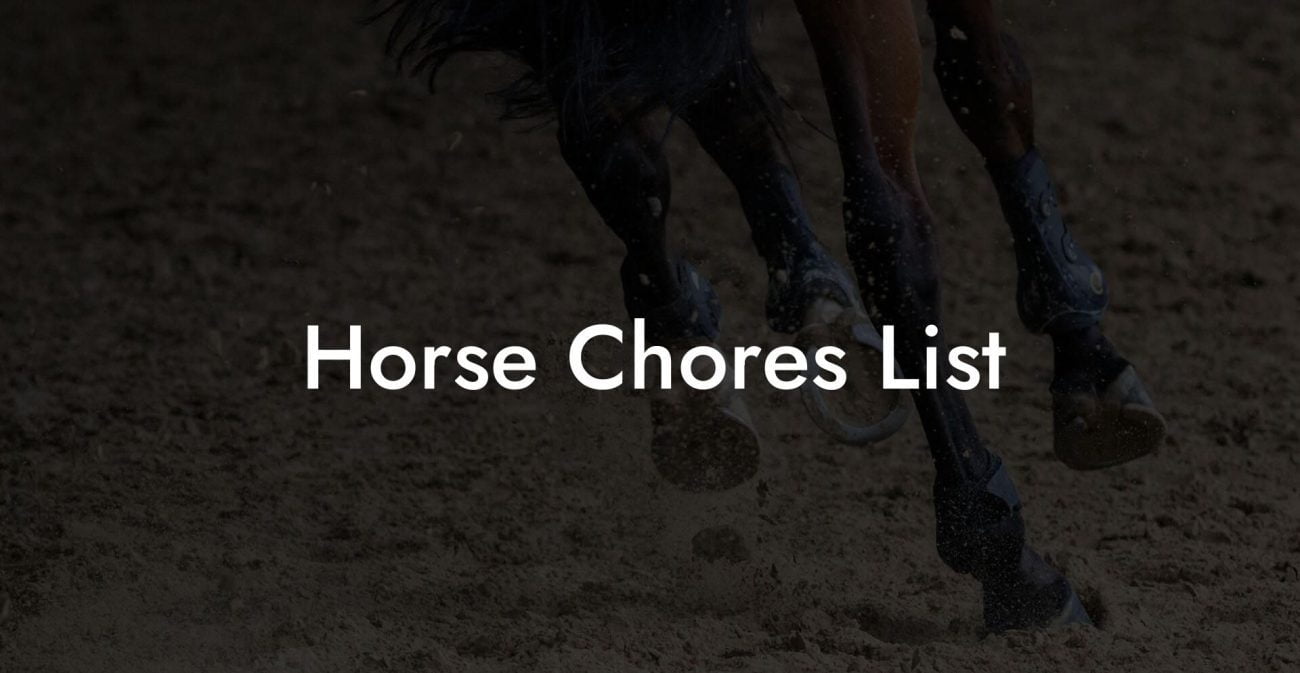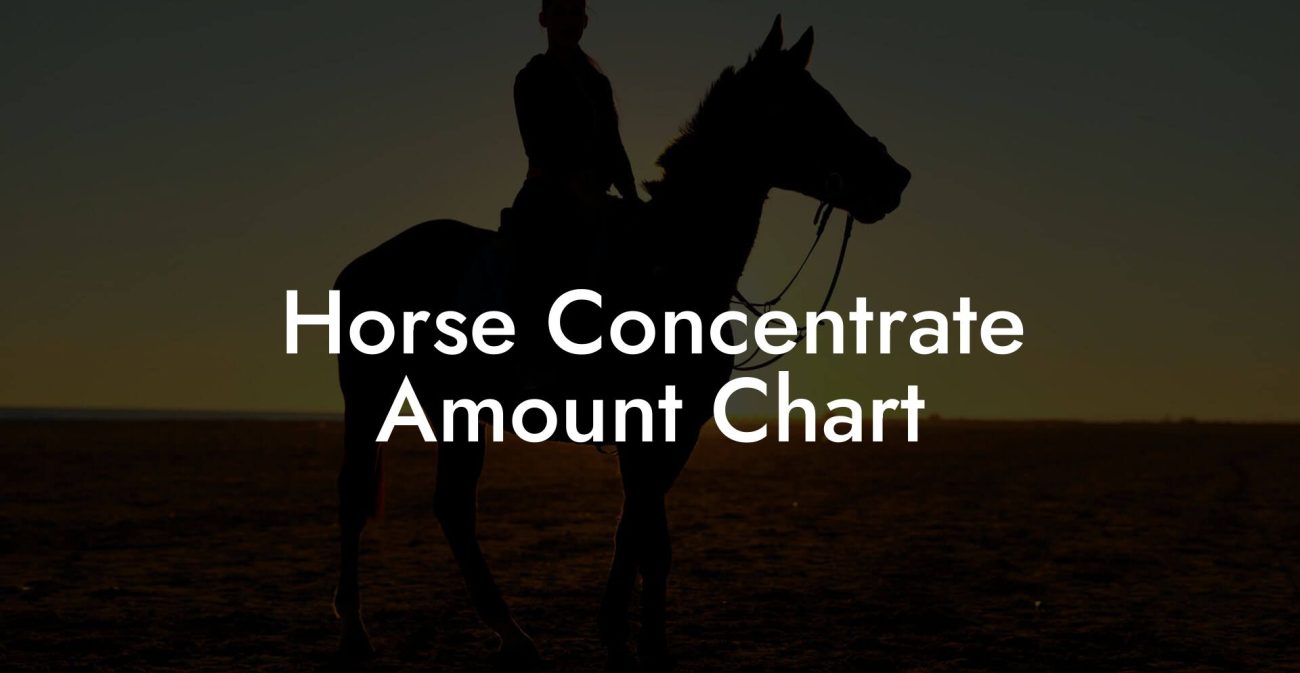Ever wondered why the knight, that feisty little “horse” in chess, always seems to be the wild card in your game, moving in twists and turns that defy the ordinary? Buckle up, because we’re diving into the quirky world of chess horse moves while sprinkling in some down-to-earth equine care tips for all you Gen-Z and millennial horse enthusiasts. Whether you’re strategizing your next chess battle or ensuring your real-life stallion is living its best life, this guide is your one-stop shop for understanding both the knight’s enigmatic “L-shaped” dance on the board and the basics of caring for your majestic companion.
Quick Links to Useful Sections
- The Chess Knight: More Than Just a Horse on a Board
- Decoding the Knight’s Move: The L-Shaped Leap
- Historical Roots: From Noble Steed to Strategic Piece
- Chess Strategies: Leveraging the Knight’s Unique Movement
- Beyond the Board: Real-Life Horse Care Essentials
- Nutritional Guidelines: Fueling Your Equine Champion
- Exercise and training: Keeping Your Knight in Top Shape
- Health Monitoring: Staying Ahead of the Curve
- Mental and Emotional Well-Being: The Heart of Horse Care
- Chess Knights and Equine Care: Drawing Parallels for Modern Thinkers
- Integrating Modern Technology: From Chess Apps to Equine Innovations
- Community, Resources, and Your Next Steps
- Case Studies: Real-Life Examples of Strategic Moves and Equine Excellence
- Case Study 1: The Knight That Changed the Game
- Case Study 2: A Journey of Equine Wellness and Strategic Insight
- Case Study 3: From Stable to Strategy: A Modern Synthesis
- Mastering Your Own Strategy: Creating a Personal Action Plan
- Step 1: Assess Your Current Position
- Step 2: Set Tactical and Practical Goals
- Step 3: Integrate Multifaceted Strategies
- Step 4: Build a Routine and Adapt
- Step 5: Engage with a Community of Experts
- FAQs: Your Questions Answered
- Your Journey to Masterful Moves and Equine Mastery
The Chess Knight: More Than Just a Horse on a Board
When you think of a horse, you probably imagine freedom, power, and grace. In the realm of chess, however, the horse transforms into the knight, a piece that defies the predictable straight lines of its comrades. The knight moves in a tricky L-shaped pattern, leaping over other pieces in a manner that is as unexpected as it is strategic. This unique movement makes the knight an indispensable piece in chess, where creativity and unpredictability often outmaneuver brute force.
But why does the knight move like that? Throughout history, the chess knight’s peculiar jump has captured the imagination of players young and old. It’s almost as if the knight is challenging you to think outside the box, much like caring for a real horse requires both creativity and a deep understanding of nature’s rhythms.
In this article, we’re not just exploring the mysteries of the chessboard. We’re drawing parallels between the strategic moves of the knight and the nuanced care required for keeping horses happy and healthy. So whether you’re moving pieces on a board or mucking out a stable, there’s plenty to discover.
Decoding the Knight’s Move: The L-Shaped Leap
Let’s break down the knight’s signature move. Unlike the rook or bishop, which move along straight lines or diagonals, the knight moves in an L-shape: two squares in one direction followed by one square perpendicular, or vice versa. This peculiar pattern is not only fascinating but also highly tactical.
Imagine your knight as that friend who never takes the conventional route. The move might seem counterintuitive at first glance, but its unpredictability allows you to launch surprise attacks or evade a sticky situation on the board. Essentially, the knight’s move is a lesson in agility and strategy, attributes that resonate with those who care for horses in real life. After all, a well-cared-for horse is both agile and strong, ready to leap into action.
The beauty of this move lies in its versatility. With the ability to jump over other pieces, the knight can bypass obstacles, much like a well-trained horse might navigate a challenging trail. This allows chess players to craft sophisticated traps and counterattacks, making the game not only a test of strategy but also a creative art form.
Historical Roots: From Noble Steed to Strategic Piece
The knight’s origins in chess date back centuries, with early forms of the game picturing horses as symbols of nobility, swift warriors, and loyal companions. In medieval times, knights were celebrated for their bravery and chivalry, qualities that have, in a sense, been immortalized on the chessboard.
As chess evolved, so did the representation of its pieces. The knight began to embody not only the physical prowess of its real-life counterpart but also the strategic unpredictability that can turn the tides of battle. This dual nature is what makes learning and mastering the knight’s move so rewarding.
Fast forward to today, and the knight remains a favorite among chess enthusiasts. It’s as if the piece channels a bit of that ancient romance associated with noble steeds, combined with modern-day ingenuity, a blend that mirrors the contemporary approach to horse care, where tradition meets innovation.
Chess Strategies: Leveraging the Knight’s Unique Movement
In chess, you don’t just move pieces, you craft strategies. And the knight, with its capacity for unexpected maneuvers, often plays a pivotal role in both offensive and defensive tactics.
One popular strategy is to use the knight for a fork, a move where the knight simultaneously attacks two or more of your opponent’s pieces. This tactic can force your adversary into making tough decisions, often leading to advantageous exchanges. It’s a bit like knowing exactly how to maneuver your trusty stallion through a tricky field to reach the best patch of forage.
Another key strategy involves positioning the knight in the center of the board. From this central spot, the knight can control numerous squares, making it a formidable presence. Think of it as placing your horse in the best pasture, where it can roam freely, remain vigilant, and respond swiftly to any situation.
For the modern chess player who loves both the game and real-life horses, this interplay of tactics and strategy provides plenty of lessons in resourcefulness, planning, and the constant interplay between risk and reward.
Beyond the Board: Real-Life Horse Care Essentials
Now that we’ve delved into the enigmatic moves of the chess knight, let’s gallop into the practical realm of equine care. Whether you own a horse, work with them, or simply admire these magnificent creatures, taking care of a horse involves as much strategy as mastering that L-shaped chess leap.
Caring for a horse isn’t just about grooming and feeding; it’s about understanding a creature’s behavior, fostering a trusting relationship, and creating an environment where the horse can thrive. Much like refining your chess tactics, effective horse care requires patience, consistency, and a knack for thinking several moves ahead.
In this section, we’re exploring the core components of horse care, from nutrition and exercise to health monitoring and emotional bonding. So saddle up and get ready to discover how chess strategy and real-life care intersect in the world of equines.
Nutritional Guidelines: Fueling Your Equine Champion
Let’s start with the basics: nutrition. Just as a chess player must study the fundamentals, a responsible horse owner must pay close attention to the dietary needs of their equine friend. A balanced diet is the foundation of optimal health and performance.
Horses are primarily grazers, meaning that high-quality hay or pasture should form the bulk of their diet. But nutrition doesn’t stop there. It’s vital to include the right balance of grains, supplements, and fresh water to keep your horse energized and ready for any challenge, whether that means a marathon ride or a strategic game of chess in your mind.
For those on the cutting edge of equine care, consider these nutritional tips:
- Balanced Forage: Ensure your horse has access to lush pasture or carefully selected hay. Look for high-quality, fiber-rich options that promote good digestion.
- Supplement Savvy: Sometimes natural grazing isn’t enough. Adding supplements that provide vitamins and minerals can enhance your horse's immune system and overall vitality.
- Hydration is Key: Adequate water intake is essential. A well-hydrated horse is like a chess knight with a clear head, primed and ready for action.
- Monitor and Adjust: Just as you adjust your chess strategy based on your opponent’s moves, keep a close eye on your horse’s diet and modify it based on their activity level and health needs.
Integrating these nutritional strategies into your horse care routine can help create a resilient, energetic companion, one as agile and dynamic as the chess knight’s unpredictable leap.
Exercise and training: Keeping Your Knight in Top Shape
Whether you’re perfecting chess moves or equine jumps, exercise remains key to peak performance. For horses, regular physical activity strengthens muscles, improves flexibility, and can even prevent common injuries.
Not only should your horse receive daily exercise, but vary it too. Incorporate long, slow stretching sessions with gallops or canters to build stamina, along with targeted training like dressage or barrel racing. These activities can mirror the intricate footwork required in chess, where every calculated move matters.
Equine training doesn’t always mean intense workouts; it’s also about improving communication and developing a mutual understanding between you and your horse. Much like a chess player studies their opponent’s moves, learn to read your horse’s body language for signs of stress, fatigue, or excitement.
A few tips for integrating exercise into your routine include:
- Variety in Movement: Mix up your horse’s exercise routine to work different muscle groups.
- Consistent Schedules: Just as a chess player practices daily, regular exercise stabilizes your horse’s rhythm and promotes a healthy routine.
- Fun and Games: Incorporate games or obstacle courses to boost both mental stimulation and physical agility.
- Cool Down and Recovery: End each session with a proper cool-down period to prevent stiffness, think of it as the chess equivalent of reviewing your game strategy after a tough match.
Health Monitoring: Staying Ahead of the Curve
Just like a competitive chess player keeps a keen eye on every detail of their game, responsible horse care involves regular health check-ups and vigilant monitoring. Early detection of issues can save your horse from prolonged discomfort and prevent minor issues from turning into major setbacks.
Routine veterinary check-ups, dental examinations, and regular vaccinations are essential components of comprehensive care. Pay attention to your horse’s coat, hooves, and behavior, any notable changes could be early indicators of health problems.
Moreover, integrating modern technology can offer insights into your horse’s well-being. Devices that track activity levels, heart rate monitors, and even GPS trackers are becoming popular among equine enthusiasts. These tools can help you understand your horse’s performance patterns and adjust care routines much like a chess player tweaking strategies based on game analytics.
Think of it this way: a well-monitored horse is like a knight whose every jump is calculated with precision, a creature poised and proactive in the pursuit of excellence.
Mental and Emotional Well-Being: The Heart of Horse Care
While physical health is undeniably important, never underestimate the power of mental and emotional well-being in both chess and horse care. Horses are highly social, sensitive creatures that thrive on companionship, trust, and gentle handling.
In real-life equine care, spending quality time with your horse can significantly reduce stress and build a lasting bond. Activities like grooming, slow trail rides, and simply spending downtime together can reinforce trust. It’s a bit like reviewing your chess moves after an intense game, taking time to relax, reflect, and strengthen the connection.
For those who adore horses, consider these suggestions to enhance your equine companion’s emotional well-being:
- Regular Interaction: Consistent time spent with your horse builds trust and reduces anxiety.
- Enriched Environments: Provide plenty of stimulation with toys, varied pasture experiences, and companions, think of it as the horse equivalent of a vibrant, open chess tournament.
- Positive Reinforcement: Use gentle praise and treats to reward your horse for good behavior, paralleling how a winning chess move merits a mental high-five.
- Mindfulness for Both of You: Engage in calming activities, such as slow, deliberate grooming sessions or quiet moments of reflection, to forge a deeper connection.
When your horse feels safe, loved, and engaged, it’s more likely to perform at its best, both in the field and, in our playful metaphorical world, on the chessboard.
Chess Knights and Equine Care: Drawing Parallels for Modern Thinkers
At first glance, the realms of chess and horse care might seem worlds apart. However, a deeper look reveals intriguing overlaps. Both require strategic thinking, attention to detail, and a balance of instinct with calculated risk.
Consider how the knight’s L-shaped move disrupts expected patterns on the chessboard, an echo of how a well-cared-for horse can surprise you with its energy and spirit in the stable or on the open trail. Both domains celebrate the unexpected and reward those who are open to exploring unconventional approaches.
For our Gen-Z and millennial readers, this confluence of ideas speaks to the modern desire for multidimensional experiences. Embracing both game strategies and genuine equine care allows you to harness creativity and passion in every aspect of life. Whether you’re plotting a chess comeback or planning your next horseback adventure, remember that the best moves often arise from blending logic with heart.
Integrating Modern Technology: From Chess Apps to Equine Innovations
In today’s digital era, both chess enthusiasts and horse caregivers benefit from technology. Advanced chess apps and online platforms help you analyze and refine your game tactics, learning from grandmasters and community insights. Similarly, equine technology, from wearable trackers to smart stable sensors, is revolutionizing the way we monitor and care for horses.
Imagine receiving real-time updates on your horse’s activity levels or health metrics right on your phone, much like getting instant feedback on your knight’s position on the chessboard. These innovations not only enhance performance but also empower you to make informed decisions that keep your horse, and your game, at peak performance.
By integrating modern technology into your daily routine, you weave together tradition and innovation. This seamless blend is exactly what today’s generation craves: the timeless wisdom of a well-played chess move alongside the cutting-edge insights that modern equine care offers.
Community, Resources, and Your Next Steps
Whether you’re a budding chess strategist fascinated by the knight’s agile maneuvers or a dedicated horse enthusiast eager to refine your equine care routine, connecting with a community that shares your passion is essential. There are countless online forums, social media groups, and local clubs where you can exchange tips, stories, and expert advice.
For chess players, platforms like Chess.com and Lichess provide not only advanced tools for practice but also vibrant communities that celebrate every tactical triumph. For equine care, organizations, blogs, and local stables offer resources ranging from nutritional advice and health monitoring tips to training workshops and community events.
As you embark on your journey, remember that every move counts, just like a powerful knight play that turns the game in your favor. Embrace continuous learning, whether through online tutorials, veterinary consultations, or simply exchanging insights with fellow enthusiasts.
Here are some practical next steps:
- Join Online Communities: Engage with groups dedicated to chess tactics and equine care for the latest tips and inspiring stories.
- Attend Workshops and Webinars: From chess strategy sessions to horse care clinics, continuous education is key.
- Follow Reputable Blogs and Socials: Stay updated on the newest trends in both chess and equine health by subscribing to trusted sources and thought leaders.
- Experiment and Share: Whether it’s trying a new knight maneuver or a novel nutritional approach for your horse, share your experiences and learn from others.
In a world where every day brings new challenges and opportunities, blending the art of chess with the science of horse care invites you to become a well-rounded, forward-thinking strategist in every arena.
Case Studies: Real-Life Examples of Strategic Moves and Equine Excellence
To truly grasp the magic of combining chess tactics with practical horse care, let’s explore some fascinating case studies demonstrating how enthusiasts have bridged these worlds:
Case Study 1: The Knight That Changed the Game
Alex, an avid chess player, had always struggled with making sense of the knight’s unpredictable moves. After diving deep into chess strategy forums and practicing with advanced apps, Alex not only mastered the L-shaped leap but began incorporating unconventional tactics into friendly matches. Inspired by the agility and resilience of his favorite real-life horse, a majestic stallion he helped care for at a local equine center, Alex developed a unique style that astonished his opponents. His tactical “equestrian” approach to chess soon became the talk of his local chess club.
Case Study 2: A Journey of Equine Wellness and Strategic Insight
Jamie, a passionate horse caretaker and competitive chess player, noticed that the focus required for chess paralleled the attention needed for proper horse care. By applying the discipline and analytical skills honed from chess, Jamie crafted a detailed care regimen for their mare, emphasizing nutrition, tailored exercise routines, and consistent health monitoring. The results? The mare not only improved in overall health but also displayed a remarkable eagerness during training sessions that echoed the unexpected brilliance of a well-timed knight move during a tournament game.
Case Study 3: From Stable to Strategy: A Modern Synthesis
Taylor, who juggles a busy life as an equestrian blogger and an amateur chess competitor, found that integrating mindfulness into both realms made a tangible difference. By practicing meditation before matches and during morning routines with their horse, Taylor cultivated mental clarity and emotional balance. This holistic approach allowed them to swiftly calculate each knight move during intense chess battles and to nurture a calm, trusting relationship with their horse. Taylor’s story serves as a testament to how a balanced mind benefits both the art of strategy and the craft of horse care.
These stories highlight that no matter if you’re strategizing on a chessboard or perfecting the daily routine of a beloved horse, success comes from blending passion, discipline, and an openness to learn from every experience.
Mastering Your Own Strategy: Creating a Personal Action Plan
Ready to elevate both your chess game and your horse care regimen? Building a personalized strategy that incorporates the principles we’ve discussed is the secret sauce to success.
Here’s a roadmap to get you started:
Step 1: Assess Your Current Position
Whether it’s analyzing your typical chess moves or evaluating your horse’s daily routine, start by understanding your current strengths and areas for growth. Journal your observations and set clear, measurable goals.
Step 2: Set Tactical and Practical Goals
For chess, it might mean focusing on mastering the knight’s L-shaped maneuver or setting up effective forks. For horse care, goals might include transitioning to a more balanced diet, establishing a regular exercise routine, or scheduling bi-annual health check-ups.
Step 3: Integrate Multifaceted Strategies
Combine conventional methods with innovative techniques. In chess, experiment with both classic openings and modern counterattacks; in equine care, integrate traditional feeding practices with the latest nutritional science and technology-driven health monitoring systems.
Step 4: Build a Routine and Adapt
Consistency is the key that unlocks progress. Establish daily habits, whether it’s a morning chess puzzle or a ritual grooming session for your horse. Revisit and adjust your plan periodically to keep up with new insights and challenges.
Step 5: Engage with a Community of Experts
Don’t go it alone. Tap into online forums, social media groups, local clubs, and professional networks that specialize in both chess and horse care. Every conversation, contest, or clinic is an opportunity to learn and grow.
Your action plan is not static, it evolves as you do. Embrace change, celebrate small victories, and learn from every misstep. Whether refining a knight’s move or adjusting the feed mix, each step forward builds a foundation of lasting excellence.
FAQs: Your Questions Answered
Here are some frequently asked questions that blend the exciting world of chess knight movement with real-life equine care insights:
1. How does the knight’s L-shaped move work in chess?
The knight moves in an L-shape, either two squares in one direction and then one square perpendicular, or one square in one direction followed by two squares perpendicular. This unique move allows the knight to jump over other pieces, making it a versatile tactical tool.
2. Why is the knight considered unpredictable and strategic?
Its ability to move in a non-linear pattern makes it difficult for opponents to anticipate its moves. This unpredictability often enables the knight to launch forks and surprise attacks, turning the tide of the game.
3. How can learning chess improve my approach to horse care?
Both chess and horse care require strategic thinking, attention to detail, and adaptability. The discipline and planning you develop as a chess player can translate into more thoughtful, proactive approaches to equine nutrition, exercise, and overall well-being.
4. What are the key nutritional elements for a healthy horse?
A balanced diet consisting mostly of high-quality forage, supplemented with grains, vitamins, and minerals, is essential. Hydration and a consistent feeding schedule also play a critical role in maintaining your horse’s health.
5. Can technology really help in both chess and horse care?
Absolutely. Just as modern chess apps offer detailed analytics to improve your game, equine tracking devices and smart stable sensors can provide crucial data to optimize your horse’s health and performance.
6. How often should I evaluate and adjust my horse care routine?
Regular assessments, ideally every few months or at the change of season, can help you make necessary adjustments based on your horse’s changing needs and overall health.
7. What community resources are available for chess and equine care enthusiasts?
Online forums, local clubs, veterinary support groups, and specialized social media communities offer invaluable advice, networking opportunities, and continuous learning for both chess strategies and horse care.
8. How do I merge traditional techniques with modern equine care innovations?
Start by maintaining the fundamentals, consistent care, balanced nutrition, and regular exercise, while gradually incorporating new technologies and scientific insights to refine your approach.
Your Journey to Masterful Moves and Equine Mastery
Just like the chess knight that leaps from one square to another in defiant style, your journey, whether on the chessboard or alongside your noble steed, is all about making thoughtful, dynamic moves. Each strategic decision, every calculated move, serves as a step toward mastery and fulfillment.
Embracing these dual passions means celebrating the intricate interplay of strategy, care, and creativity. Harness the art of the knight’s unpredictable leap in your games, and let that same spirit inspire you to cultivate an environment where your horse thrives. Whether you’re learning a new chess tactic or discovering innovative equine care methods, remember: every move you make shapes a vibrant, well-rounded future.
So go ahead, challenge the norm, experiment with your style, and celebrate every small victory along the way. Your journey is not just about winning games or achieving perfect horse care; it’s about growing, learning, and embracing a lifestyle that values creativity, dedication, and continuous improvement.
Here’s to making bold moves and nurturing a life where strategy meets heart. May your knight always find its perfect square, and your horse flourish in every field it gallops into.













